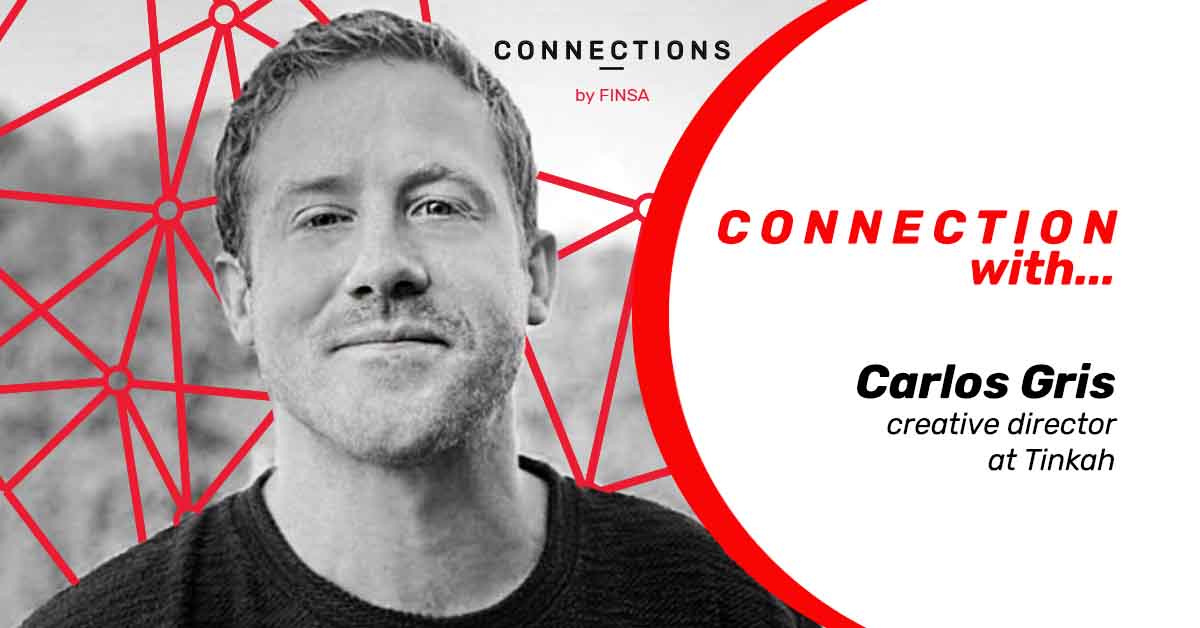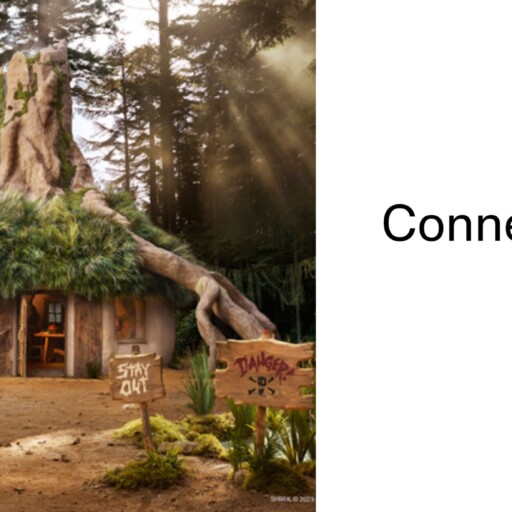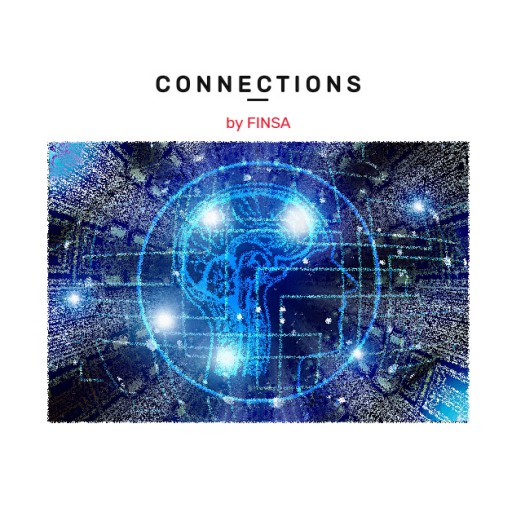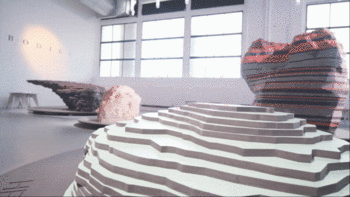Carlos Gris is creative director at Tinkah, a multidisciplinary design firm which takes inspiration from Middle East handcrafted tradition, transforming i tinto a design full of experiences and futuristic products. Its presence is becoming a classic in Dubai Design Week, a fair that the firm hasn’t ever missed. In 2019 edition, which takes place between 11-16 November, Tinkah shows Umbra. In this article, we make a connections with Middle East design to know this project better.

What is Umbra, your project at Dubai Design Week (DDW) commissioned by FINSA? What do you expect to provoke into the public?
Umbra is developed to celebrate the new and sustainable material ‘Fibracolour’ from Finsa and also to make a connection to an element within Middle Eastern culture. One of the driving forces within the initial brief was to offer a moment of solace for visitors from the local climate.
This lead us into researching on the ‘Mashrabiya’, a traditional architectural screen that controls temperatures within buildings. We have layered the Fibracolour to create a volume of space between the visitors and the sun in order to capture and ventilate the heat. We have also selected reflective colours for the outside of the installation and comforting and warmer shades for the internals.
We hope that visitors will find fascination in our process and appreciate that although we have worked hard to make a pleasing aesthetic, every design decision has been made for practical purposes.
How do you conceive your creative process? How many people have worked in this project?
For this project we have myself and our industrial designer Rimsha and also various members of the branding team who have provided input. We are a very multifunctional studio, so everyone has influence on all the projects and there is no defined ownership from project to project. Tinkah is a relatively small studio that can grow depending on our workload, we are currently a team of 15 professionals with a variety of capabilities.
The project is made of an innovative product, Fibracolour. How important are materials in the world of design? Is Tinkah interested in researching new materials?
Tinkah has a material workshop in D3 and also in the Karama region within Dubai. We focus a lot of our attention on experimenting with innovative materials. With an increased importance on the circular economy, we are working hard to develop and work with sustainable materials that are locally sourced wherever possible.
Regarding research, we have recently developed the material ‘Ramel‘ that is made from UAE desert sand. We are also looking at repurposing byproducts from local steel refineries. We are also happy to know that the Umbra installation will have an afterlife at another location after Dubai Design Week finishes.
https://www.instagram.com/p/B3R42bbnN2V/?utm_source=ig_web_copy_link
In events like DDW, how do you feel about the support given by industry companies, such as Finsa?
Finsa has effectively given Tinkah a blank canvas and allowed us to explore this material without any limitations. It is this freedom that designers love and where the best designs often comes from.
Tinkah has participated in all editions of the Dubai Design Week. What does this attendance mean?
Most of all, exploring the local culture. Tinkah was established 7 years ago in Dubai and has grown alongside the design sector within the UAE. Being a locally born company, it is very important for Tinkah to represent local talent. There is a hidden pool of inspiration and excitement within Middle East culture and through extensive research Tinkah is constantly looking to unearth and extend these narratives that might have been forgotten.
https://www.instagram.com/p/B3ogS6LIO4_/?utm_source=ig_web_copy_link
What has Dubai Design Week meant for the creative community in Middle East and Middle East design?
There is a real feeling of progression within the design sector currently in the Middle East, and it is the Dubai Design Week where this becomes all the more apparent. All the various studios are given an opportunity to exhibit their hard work and it is surprising how much work is being created – considering that the district itself is less than 10 years old.
Is the Middle East design still a great unknown in the West?
The Middle East probably is still a bit of an anomaly in the West, and seen as a relative mystery to people who haven’t visited it. Since I`ve joined Tinkah, which is also a branding agency, I have become highly inspired by Arabic scripture and the roots of calligraphy – in my opinion they are works of art. Tinkah has in-house Arabic graphic designers who explore this and it is truly incredible what you can create with the language.
Do you work in London or Dubai? Is the understanding between both cultures (East/West) easy? What are the benefits of this dialogue between cultures?
Tinkah has offices in both Dubai and London and I spend my time jumping back and forth. Unlike many studios that expand from London to Dubai we are working in a reverse fashion and coming from Dubai to London. There are real strategic values for being in London as it does offer a huge amount of design schools and a great pool of talent. The opportunity and growth that Dubai offers on the other hand is also incredible.
There is definitely a synergy between both cities – both are built on multicultural values and both are globally influenced. Through all this diversity it is great to see how everyone gets on and finds inspiration from one another.
Do you consider that good design becomes universal?
For me good design is quite universal. It is the creation of something that involves solving a problem that also has to tick two boxes; it must be unique and also simple. It is actually quite hard to tick both of these boxes, but if you can then you are winning.
Would you like to share any particular project in which Tinkah is involved?
Currently Tinkah has various jobs that are very confidential and we cannot reveal more information until they are released to the public. There is also a design competition that we have entered to design a new school for impoverished children in Mozambique. We like to take on new and interesting challenges and if it is charitable, like this school in Africa, then that is an added bonus.
https://www.instagram.com/p/B3u_i3IFl2w/?utm_source=ig_web_copy_link




